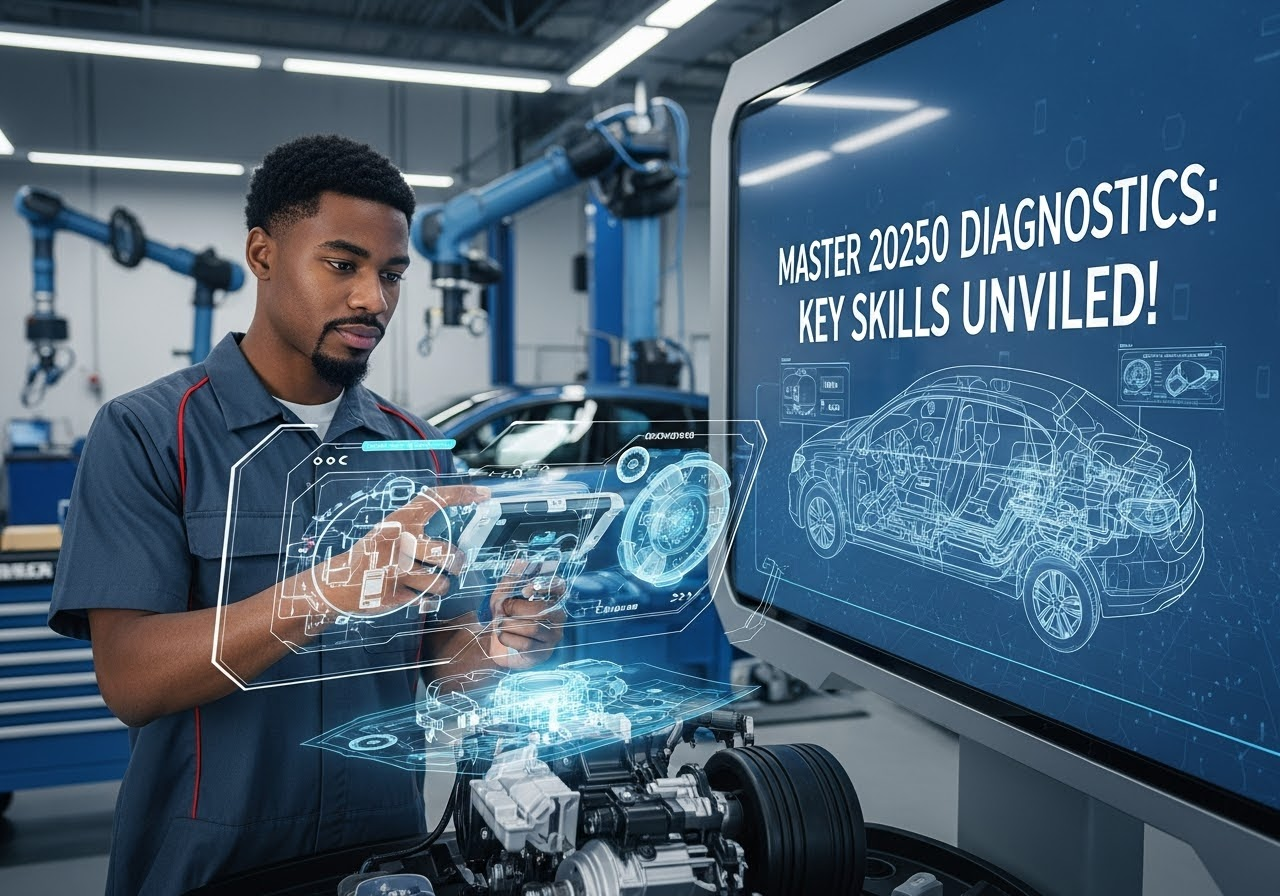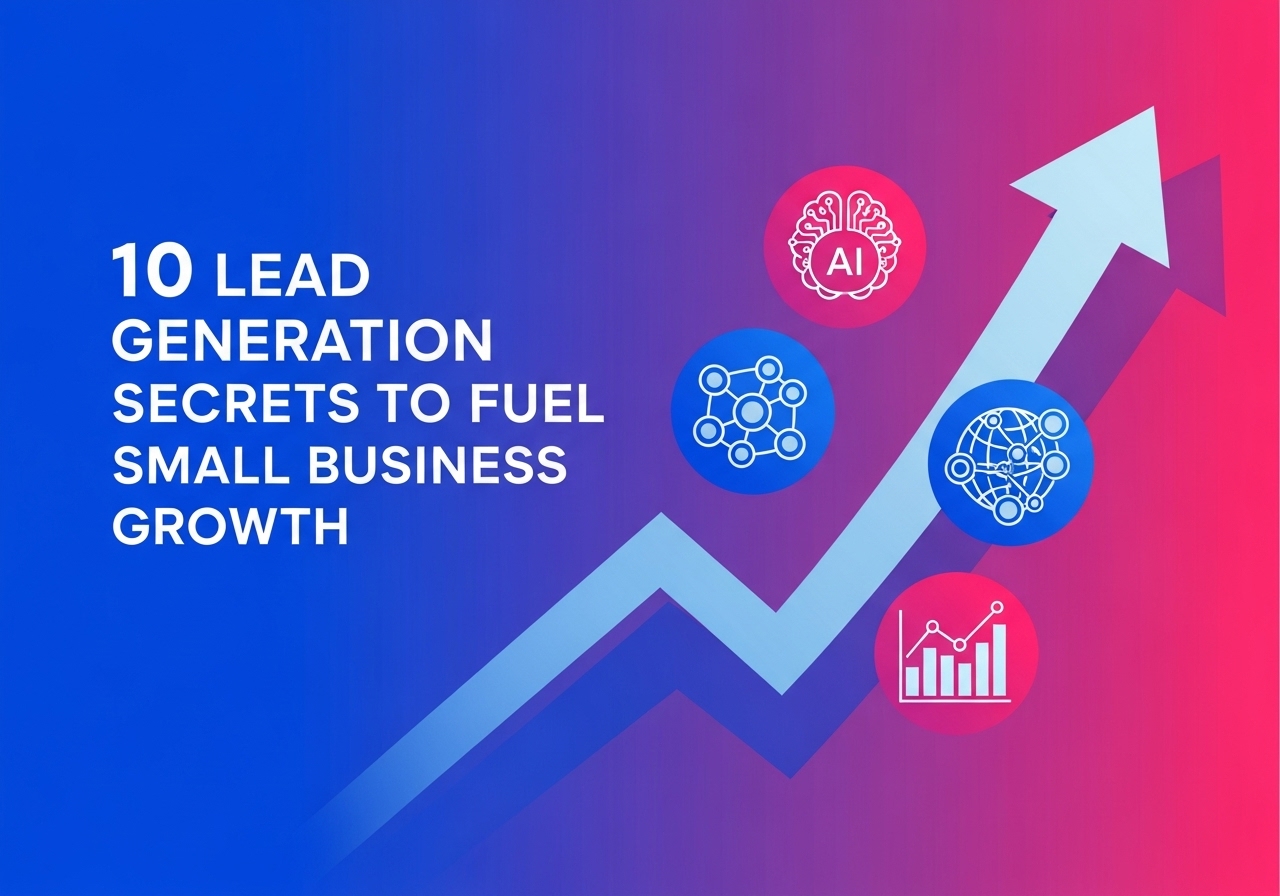Master 2025 Auto Diagnostics: Key Skills Unveiled!
Did you know that modern vehicles now contain over 90 million lines of code? Indeed, that’s more than a commercial airliner! Consequently, as we navigate through 2025, automotive diagnostics has transformed remarkably. It’s evolved from simple fault detection into a sophisticated ecosystem. This ecosystem includes AI-powered tools, predictive analytics, and real-time monitoring systems. Therefore, for technicians, shop owners, and automotive enthusiasts alike, keeping pace with these advancements isn’t just beneficial—it’s absolutely essential for survival in an increasingly competitive industry. For further reading on industry advancements, consider exploring resources like the SAE International standards.
The Transformed Landscape of Automotive Diagnostics in 2025
The automotive diagnostic landscape has truly undergone a revolutionary transformation. In fact, gone are the days when a simple OBD scanner could solve most vehicle issues. Nowadays, vehicles are essentially computers on wheels. As a result, they require an entirely new approach to diagnostics and repair.
Smart Diagnostics: The New Standard
With the complexity of modern vehicles, smart diagnostic tools have become indispensable. Specifically, these advanced systems feature intelligent scanning capabilities, intuitive interfaces, and AI-based recommendations. These help technicians identify issues faster and with greater accuracy. Furthermore, this evolution in diagnostic technology directly addresses the growing shortage of skilled labor. It achieves this by helping shops complete jobs more efficiently while maintaining customer satisfaction.
The Rise of AI in Automotive Diagnostics
Artificial intelligence has firmly cemented its place at the core of automotive diagnostics in 2025. AI-powered diagnostic systems analyze vast datasets from vehicle sensors, historical diagnostics, and driving behavior. This allows them to provide accurate, real-time insights. These systems typically work through several key processes:
- Data collection from various vehicle components
- Pattern recognition to identify anomalies
- Machine learning algorithms that improve with each diagnosis
- User-friendly output in dashboards or reports
By 2025, AI has impressively moved beyond simple problem identification. In essence, it has become a predictive powerhouse, allowing technicians to address issues before they cause breakdowns.
Essential Diagnostic Technologies for 2025
As we progress through 2025, several key diagnostic technologies have emerged as must-haves. For any serious automotive professional, these are indispensable.
Real-Time Diagnostic Systems
Real-time diagnostics has become an industry staple. It allows technicians to receive immediate insights into a vehicle’s health and performance. Moreover, these systems display problems as they’re detected. This significantly reduces diagnostic time and allows repairs to begin sooner. For busy repair shops facing increasing vehicle complexity, this technology has certainly become indispensable.
Mobile Diagnostic Solutions
The ability to perform comprehensive diagnostics anywhere has revolutionized roadside assistance and mobile repair services. For instance, modern diagnostic tablets now utilize cloud computing technology. They also use advanced communication protocols to enable fast, secure connections regardless of location. Tools like the VD70S mobile tablet offer both wireless connectivity and wired USB options for areas with weak signals, ensuring technicians always have access to the information they need.
Predictive Maintenance Technology
Perhaps the most significant advancement in 2025 is the widespread adoption of predictive diagnostics. These systems use historical and current data to forecast when components will need repairs. This, in turn, allows for maintenance to be scheduled before failures occur. This technology is particularly valuable for:
- Fleet management companies
- Truck operators
- Businesses with work vehicles
- Individual vehicle owners seeking to avoid unexpected breakdowns
With AI integration, these systems can automate inspections. Additionally, they accurately forecast maintenance needs, transforming reactive repair into proactive maintenance.
The EV Revolution and Diagnostic Challenges
Electric vehicles (EVs) are no longer the future—they are undeniably the present. By 2025, EVs have claimed a substantial portion of the global vehicle market. However, this brings unique diagnostic challenges that require specialized knowledge and tools.
Specialized EV Diagnostic Skills
Diagnosing electric vehicles requires a thorough understanding of:
- High-voltage systems safety protocols
- Battery management systems
- Regenerative braking technologies
- Thermal management systems
- Electric motor diagnostics
Leading diagnostic tool manufacturers have responded proactively. They have developed specialized equipment designed specifically for EVs, setting new industry standards for safety and efficiency. Consequently, technicians who have invested in EV-specific training and tools are finding themselves at a significant competitive advantage in 2025.
Hybrid Vehicle Considerations
While pure EVs continue to gain market share, hybrid vehicles remain a significant portion of the automotive landscape. Importantly, these vehicles present unique diagnostic challenges. This is because they combine traditional combustion engines with electric components. Therefore, diagnostic professionals must be proficient in both worlds, understanding the complex interactions between systems.
Learning Pathways for Automotive Diagnostic Professionals
With the rapid evolution of automotive technology, continuous learning has become essential. For diagnostic professionals, several effective learning pathways have emerged in 2025.
Formal Education and Certification Programs
Technical schools and community colleges have diligently updated their curricula. They now include comprehensive training on advanced diagnostic technologies. Furthermore, certification programs from tool manufacturers and industry organizations provide specialized knowledge. These credentials help technicians demonstrate their expertise to employers and customers.
Manufacturer-Specific Training
As vehicle systems become increasingly proprietary, manufacturer-specific training has gained importance. Many OEMs now offer detailed diagnostic training programs. These provide technicians with the exact knowledge needed to service their vehicles effectively.
Online Learning Platforms and Communities
The digital learning ecosystem for automotive diagnostics has exploded in 2025. Specifically, online platforms offer on-demand courses, virtual simulations, and interactive troubleshooting scenarios. These allow technicians to practice their skills in a risk-free environment. Moreover, professional communities provide forums for problem-solving and knowledge sharing, creating valuable networks. You can find more resources and discussions on our blog.
Integration of Connected Vehicle Technologies
The Internet of Things (IoT) has thoroughly transformed automotive diagnostics in 2025. Indeed, vehicles are now fully integrated into digital ecosystems.
V2X Communication Systems
Vehicle-to-everything (V2X) communication enables cars to exchange data with other vehicles, infrastructure, and networks. For diagnostic professionals, this means:
- Access to real-time vehicle performance data
- Remote diagnostic capabilities
- Proactive alert systems for potential issues
- Enhanced troubleshooting through comprehensive data analysis
Repair shops that have adapted to these connected technologies are providing faster, more accurate service. Simultaneously, they are reducing diagnostic time.
Over-the-Air Updates and Remote Diagnostics
Software updates and diagnostics can now be performed remotely. This allows technicians to identify and sometimes even resolve issues without physically accessing the vehicle. Impressively, this capability has created new service models and revenue streams for forward-thinking repair businesses.
The Role of Big Data in Modern Diagnostics
The sheer volume of data generated by modern vehicles has created new opportunities and challenges. This is particularly true for diagnostic professionals.
Data Analytics for Enhanced Diagnosis
By analyzing patterns across thousands of vehicles, diagnostic systems can now identify likely causes of problems. This identification is based on symptoms and vehicle history. Consequently, this data-driven approach significantly reduces diagnostic time. It also improves accuracy, particularly for intermittent issues that have traditionally been difficult to pinpoint.
Collaborative Diagnostic Databases
Industry-wide diagnostic databases have become invaluable resources. They allow technicians to benefit from the collective experience of professionals worldwide. These repositories contain detailed information about common issues, successful repair strategies, and technical bulletins. As a result, they create a knowledge base that grows more valuable with each contribution.
Advanced Driver Assistance Systems (ADAS) Diagnostics
The proliferation of ADAS technologies has inevitably created a specialized field within automotive diagnostics.
Calibration Requirements
Systems like automatic braking, adaptive cruise control, and lane-keeping assistance require precise calibration after repairs. Workshops equipped with ADAS calibration tools and trained technicians have positioned themselves to meet this growing demand. Often, they command premium rates for these specialized services.
Diagnostic Considerations for Autonomous Features
As level 2 autonomy features become standard in nearly 60% of new vehicles by the end of 2025, diagnostic professionals must understand the complex interactions. These interactions occur between sensors, cameras, radar systems, and control modules. Therefore, diagnosing issues in these systems requires both advanced tools and specialized knowledge.
Building Your Automotive Diagnostic Learning Plan
For those looking to excel in automotive diagnostics in 2025, a structured learning approach is absolutely essential. At CDM Suite, we believe in continuous improvement.
Core Knowledge Areas
Focus on developing expertise in several key areas. These include:
- Electrical systems and advanced electronics
- Network communication protocols
- Programming and coding basics
- High-voltage safety for EV/hybrid vehicles
- ADAS calibration procedures
- AI and machine learning fundamentals as applied to vehicle diagnostics
Investment in Quality Tools
The right diagnostic equipment is a critical component of success in this field. While premium tools represent a significant investment, they typically offer superior capabilities. They also provide more frequent updates and better support—all factors that directly impact a technician’s efficiency and effectiveness.
Continuous Learning Strategies
The pace of technological change in the automotive industry necessitates a commitment to ongoing education. Successful diagnostic professionals in 2025 dedicate regular time to:
- Industry publications and technical bulletins
- Online courses and webinars
- Hands-on practice with new technologies
- Participation in professional communities and forums
The Future Outlook: What’s Coming Next
As we look beyond 2025, several emerging trends promise to further transform automotive diagnostics. The future is indeed exciting.
Enhanced Reality Tools
Augmented and virtual reality technologies are increasingly being integrated into diagnostic processes. These allow technicians to visualize complex systems and receive guided repair instructions in real-time. Furthermore, these tools are particularly valuable for training new technicians and tackling unfamiliar repair procedures.
AI Diagnostic Assistants
The next generation of AI systems will function as true diagnostic partners. They will offer interactive troubleshooting guidance, suggest potential solutions, and learn from each repair to improve future recommendations. Ultimately, these systems will help address the ongoing shortage of skilled technicians by multiplying the effectiveness of existing professionals.
Sustainability Focus
As the industry continues its shift toward sustainability, diagnostic tools and procedures are evolving. They aim to support eco-friendly practices. This includes specialized diagnostics for alternative fuel vehicles, tools for optimizing fuel efficiency, and systems for ensuring emissions compliance across all vehicle types.
Conclusion: Embracing the Diagnostic Revolution
The field of automotive computer diagnostics has undergone remarkable transformation by 2025. This creates both challenges and opportunities for industry professionals. Importantly, those who embrace these changes—investing in continuous learning, advanced tools, and adaptive business models—are finding themselves well-positioned for success in this new era.
As vehicles continue to evolve, so too must the knowledge and skills of those who diagnose and repair them. The learning journey never truly ends; it simply transforms alongside the technology it serves.
Ready to take your business to the next level with cutting-edge marketing strategies that match your technical expertise? Visit CDM Suite’s free 3-minute marketing assessment to discover exactly what’s missing in your marketing strategy and receive a customized growth plan tailored to your business needs.



